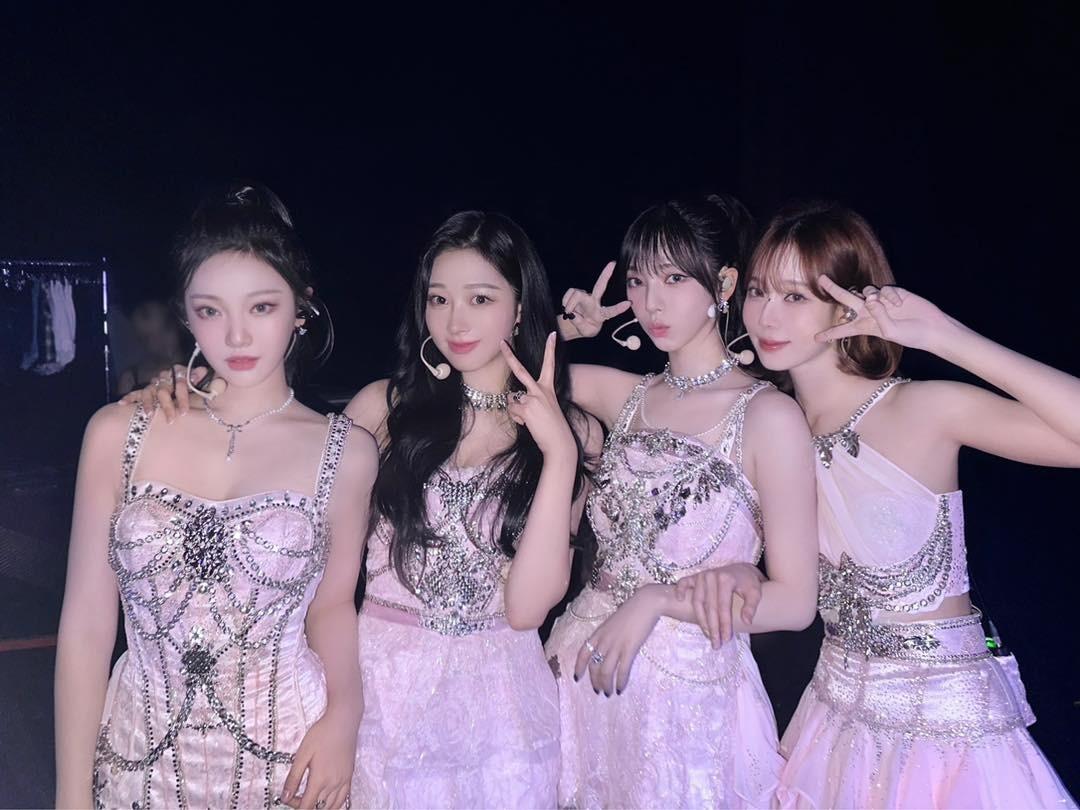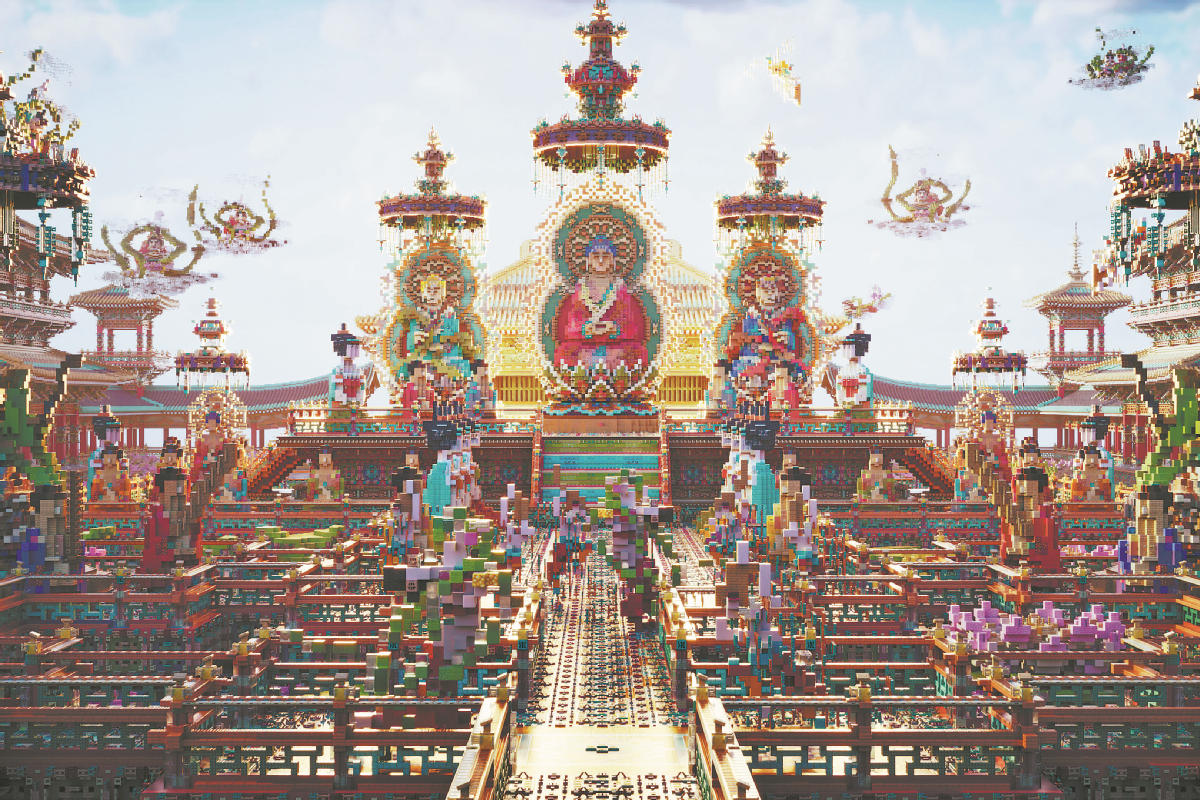Virtual pleasures


To each their own
With the advancement of AI and growth of Web3 marketing platforms, music can now be experienced in a whole new range of formats. But are music fans ready to buy into the big changes?
"I had absolutely no idea that some of the dancers and vocals were AI-generated when I began watching Black Mamba by Aespa," says research student and avid K-pop listener Syan Hu, referring to a music video that has registered over 250 million views since its release in November 2020. "However, in the later scenes, I did notice some jerky movements, giving away the fact that the performers were not human."
However, she says, she believes AI is going to get better at resolving such oddities. "AI has the potential to revolutionize the music and performance industry, including K-pop," she says. "I believe this is the future."
Occasional K-pop listener William Pau is willing to give it to AI that it "can help raise the standard of K-pop videos to a level that human performers or even computer-generated imaging cannot, except perhaps in ways that are extremely expensive". However, he does not sound too ecstatic about AI-made vocals. "AI-generated music is not as nice to listen to as human singers," he declares.
K-pop fan Stephanie Mui, who manages the social media account of a luxury lifestyle magazine, has a similar view. "I don't think AI-generated K-pop idols can replace real-life ones, mainly because K-pop idols and their fans have a connection that I don't think is replaceable by AI-generated performers."
But then, like it or not, AI music is here to stay and steadily evolving.
"The virtual and real worlds are merging, setting an important direction for AI music," says Xue Wei, assistant professor at HKUST's Division of Emerging Interdisciplinary Areas. The crucial task for musicians using AI, he points out, is to enable the machine to separate music from noise. The next step would be to teach machines to create with curiosity, achieve thematic cohesion and produce music that is new as opposed to being a rehash of what already exists.
As more artists, and amateurs, start using tools like Midjourney, ChatGPT and Stable Diffusion to create music, concerns regarding the lack of copyright-related regulations are also on the rise. At the end of the day, "there is still a quality gap between the art created by AI and humans," says Henry Chu, new media artist and creative director of Hong Kong-based web and interactive design studio, pill & pillow.
"In the end, it's up to us whether we want to appreciate artificial creations," he adds. "If the process of making music involves very little human input, will you still like it? Fast food can feed you, but it takes fine dining to satisfy your soul."
- Chinese technique for making ultrathin metal films named top 10 scientific breakthroughs
- Former senior political advisor of Sichuan sentenced to 14 years
- Beijing has undergone dramatic improvements since 2017's revamped development plans
- AI open alliance launched to pool resources for innovation and application
- China's ability to forecast floods boosted by holistic monitoring network
- Shenzhen court sentences 27 for smuggling antimony ingots





































